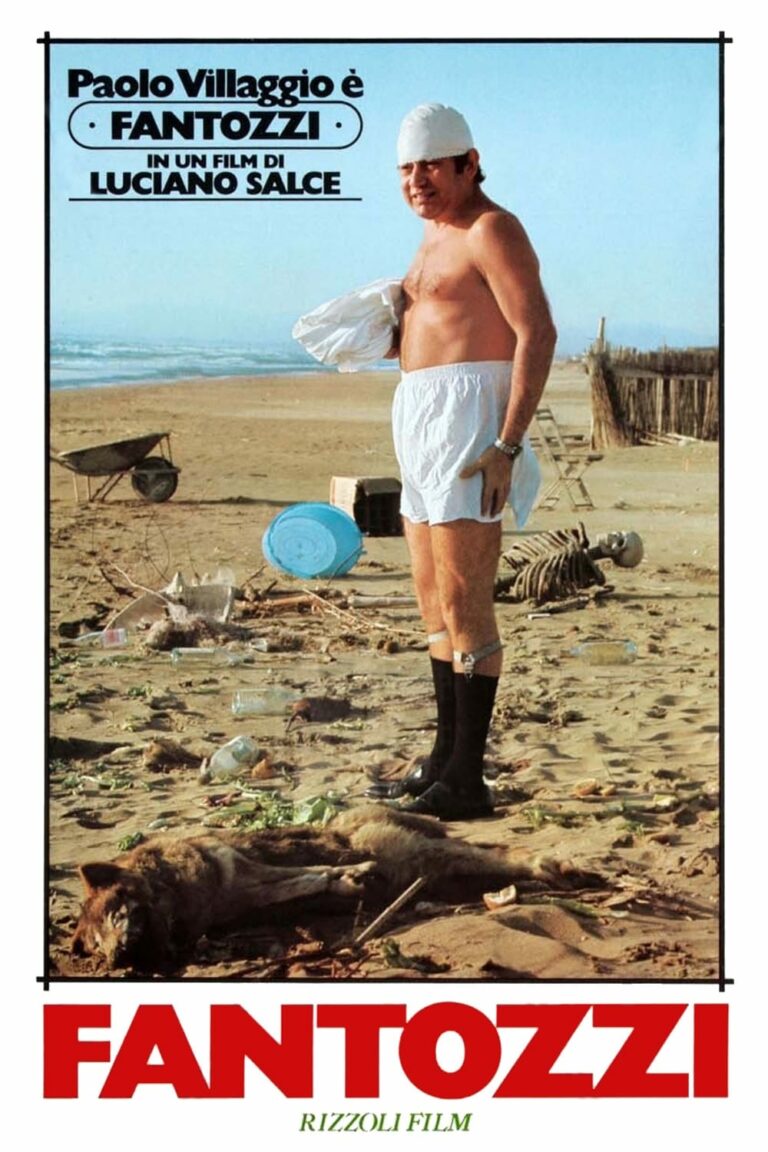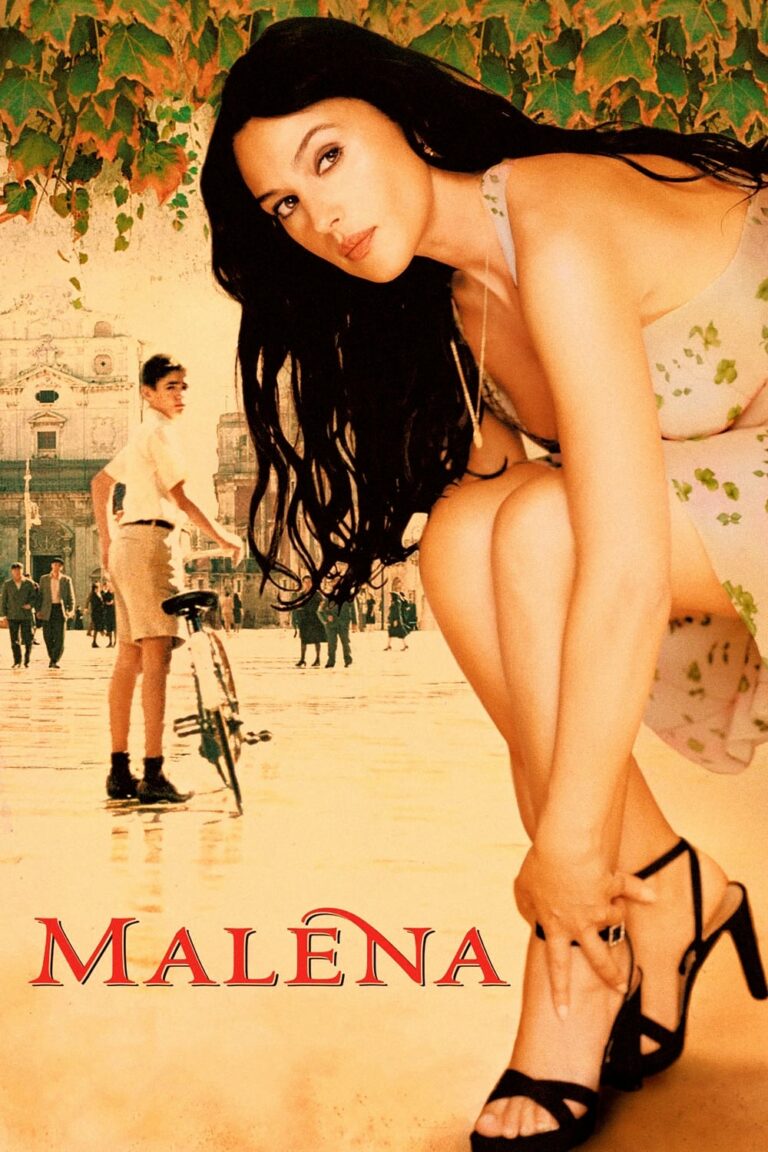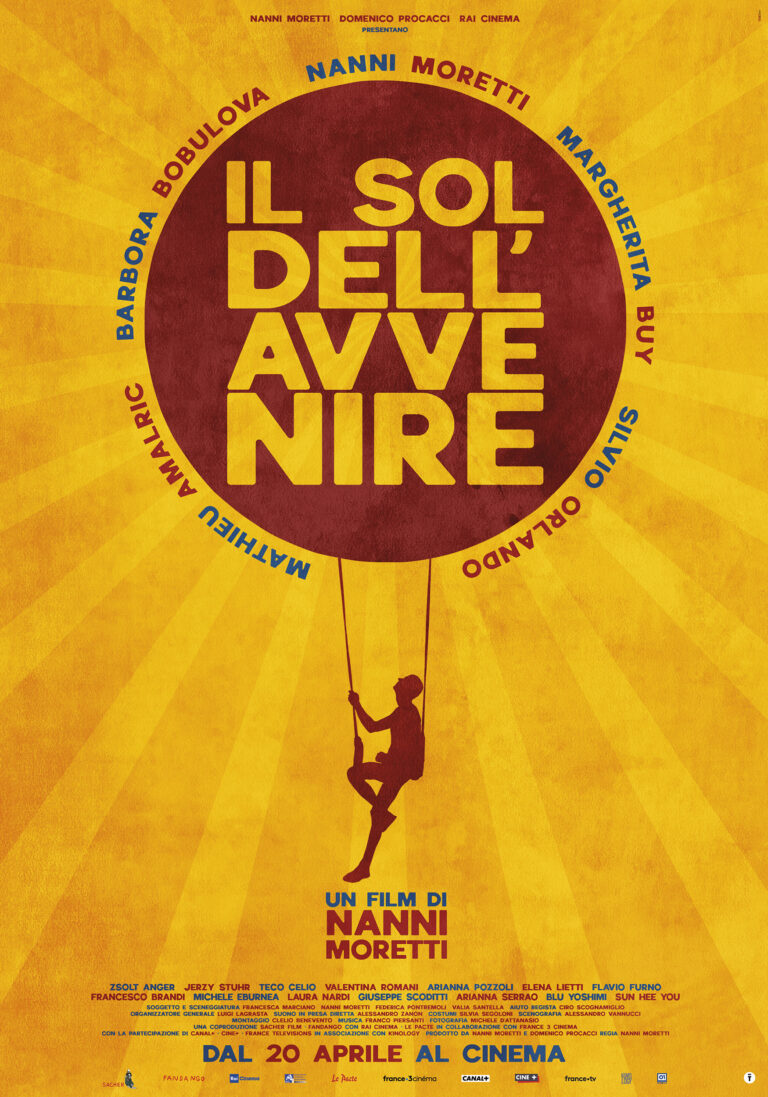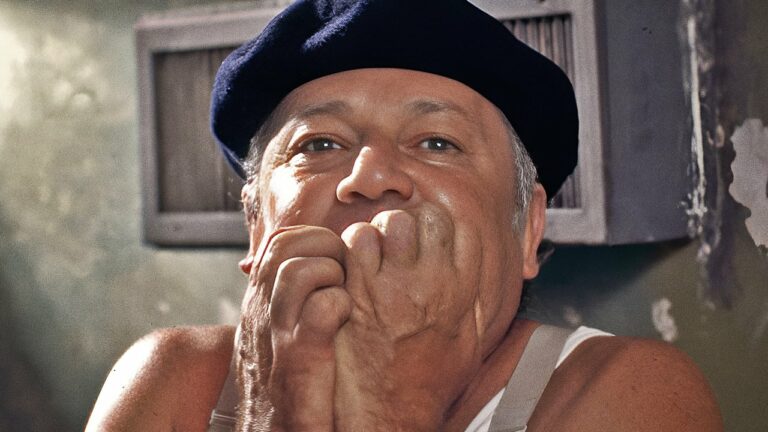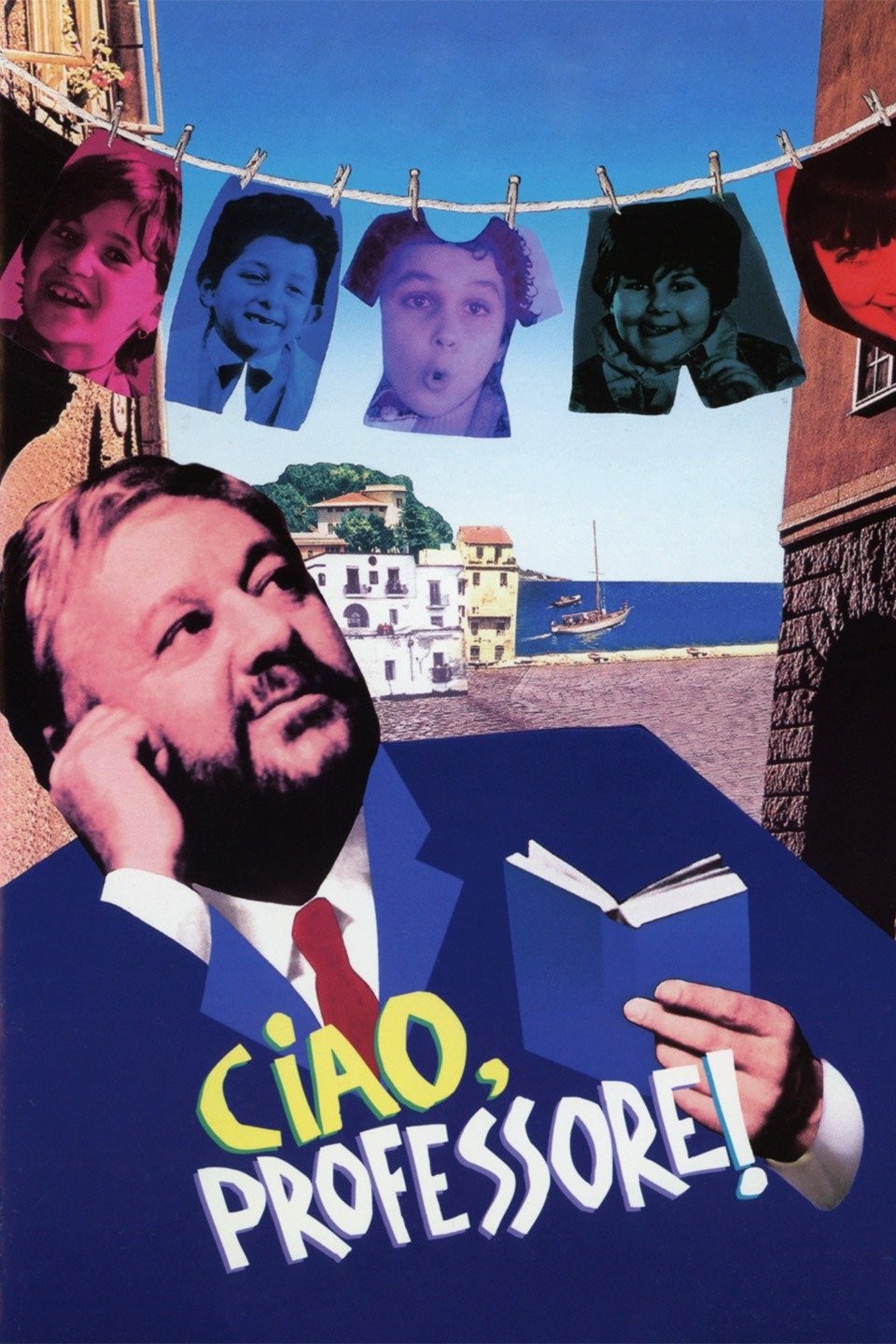
1. Introduction
Ciao, Professore! (Io speriamo che me la cavo), released in 1992, is an Italian comedy-drama directed by Lina Wertmüller, one of Italy’s most celebrated filmmakers. Based on the best-selling book by Marcello D’Orta, the film is a poignant and humorous exploration of the cultural and educational divide between northern and southern Italy.
Set in the fictional town of Corzano, near Naples, the story follows the journey of Marco Sperelli (Paolo Villaggio), a refined and disciplined teacher from northern Italy, as he navigates the chaos of teaching in a poor, underprivileged southern school. Ciao, Professore! blends social commentary with heartfelt humor, delivering a moving portrait of resilience, human connection, and the power of education.
2. Plot Summary
A Case of Mistaken Assignment
The film opens with Marco Sperelli, an elementary school teacher from Bologna, accidentally assigned to a school in Corzano instead of the more prestigious northern town of Corsano. His initial arrival is met with dismay as he confronts a dilapidated school building, unruly students, and an indifferent community.
The Struggles of a Northern Teacher
Sperelli’s idealistic and orderly approach to education clashes with the harsh realities of Corzano. The students are more concerned with earning money to support their families than attending school, and their behavior reflects the poverty and dysfunction of their environment. Sperelli faces challenges ranging from truancy to sassy retorts, as he struggles to connect with the children.
Building Bridges
Despite his frustration, Sperelli gradually begins to understand his students and the community they come from. Each child has a unique story—whether it’s dealing with an absent parent, working odd jobs, or simply trying to survive. Through patience, empathy, and a willingness to adapt, Sperelli transforms both his teaching methods and his relationship with the students.
A Transformative Journey
As Sperelli grows closer to his students, he becomes an advocate for their potential, finding ways to inspire them despite their circumstances. The students, in turn, learn to trust and respect their teacher, leading to a series of heartwarming and humorous moments. By the film’s end, Sperelli’s time in Corzano has not only impacted the children but also changed his own perspective on life and education.
3. Themes Explored in Ciao, Professore!
Cultural Divide Between Northern and Southern Italy
The film highlights the stark differences between northern and southern Italy, from socioeconomic disparities to cultural attitudes. Sperelli’s structured northern worldview is contrasted with the chaotic but vibrant world of Corzano, emphasizing the challenges and rewards of bridging such divides.
The Power of Education
At its core, Ciao, Professore! is a celebration of education as a tool for transformation. Sperelli’s journey demonstrates how a committed teacher can inspire hope and ambition, even in the most disadvantaged settings.
Childhood Resilience
The children of Corzano embody resilience, using humor and resourcefulness to navigate their difficult lives. Their candid, often witty observations offer both comic relief and insight into the challenges they face.
Personal Growth and Empathy
Sperelli’s journey is as much about his personal growth as it is about his students’ education. By stepping outside his comfort zone, he learns to see the world through their eyes, developing a deeper sense of empathy and understanding.
4. Character Analysis
Marco Sperelli (Paolo Villaggio)
Marco Sperelli begins the story as a rigid, no-nonsense teacher who values order and discipline above all else. However, his experience in Corzano forces him to rethink his approach, as he learns to adapt to the chaotic, yet deeply human, environment. Paolo Villaggio’s nuanced performance captures Sperelli’s evolution from frustration to compassion, making him both relatable and inspiring.
The Students
The students in Ciao, Professore! are the heart of the film, each bringing their own personality and struggles to the story:
- Raffaele: A mischievous boy who frequently skips school to work.
- Rosinella: A feisty, sharp-tongued girl with a knack for humorous retorts.
- Secondigliano: A young boy juggling family responsibilities with his education. These children, portrayed by non-professional actors, bring authenticity and charm to the film, offering both laughs and moments of reflection.
The Community
The broader community of Corzano, including parents, shopkeepers, and local authorities, serves as a backdrop for the cultural and social challenges Sperelli faces. Their attitudes reflect the systemic issues of poverty and neglect but also highlight the warmth and resilience of southern Italian culture.
5. Lina Wertmüller’s Direction
Lina Wertmüller, the first woman to be nominated for an Academy Award for Best Director, brings her trademark blend of humor and social commentary to Ciao, Professore! Known for her ability to tackle complex societal issues with wit and humanity, Wertmüller creates a film that is both entertaining and thought-provoking.
Her direction captures the vibrant, chaotic energy of Corzano, while also giving weight to the struggles of its people. Wertmüller’s ability to balance humor and pathos ensures that the film remains engaging without losing its emotional resonance.
6. Cinematic Techniques
Cinematography
The film’s cinematography captures the rustic beauty of Corzano, with its narrow streets, crumbling buildings, and bustling piazzas. The visual contrast between Sperelli’s refined northern world and the earthy southern setting enhances the narrative’s cultural themes.
Naturalistic Performances
Wertmüller’s decision to cast non-professional child actors lends an authenticity to the film. The children’s candid performances, filled with humor and spontaneity, bring a sense of realism and charm to the story.
Music
The soundtrack features traditional Italian melodies, adding to the film’s rich cultural texture. The music underscores both the humor and the poignancy of the narrative, enhancing the emotional impact of key scenes.
7. Reception and Legacy
Critical Reception
Upon its release, Ciao, Professore! received widespread acclaim for its heartfelt storytelling and performances. Critics praised Paolo Villaggio’s portrayal of Marco Sperelli, as well as Wertmüller’s ability to address serious social issues with humor and warmth.
Awards and Recognition
The film was nominated for several awards, including honors at international film festivals. Its blend of comedy and social commentary cemented its reputation as one of Wertmüller’s standout works.
Cultural Impact
Ciao, Professore! resonated with audiences for its universal themes of education and personal growth. Its exploration of Italy’s north-south divide also sparked discussions about the country’s cultural and socioeconomic disparities.
8. Symbolism in Ciao, Professore!
The School
The dilapidated school symbolizes the neglect faced by underprivileged communities. However, it also becomes a place of hope and transformation under Sperelli’s guidance.
The Classroom
The classroom serves as a microcosm of Corzano, reflecting the community’s struggles, humor, and resilience. It is where cultural clashes are resolved, and connections are forged.
Books and Learning
Books, often dismissed by the students as irrelevant, come to symbolize the possibility of a better future. Sperelli’s efforts to instill a love of learning highlight education’s transformative power.
9. Frequently Asked Questions (FAQs)
1. Is Ciao, Professore! based on a true story?
The film is based on Marcello D’Orta’s book, which is a collection of essays written by real-life students in southern Italy. While the narrative is fictionalized, it draws heavily from real experiences.
2. What is the significance of the title?
The title, Ciao, Professore! (Hello, Professor!), reflects the informal and affectionate relationship that develops between Sperelli and his students, symbolizing their mutual growth and understanding.
3. How does the film address Italy’s north-south divide?
The film contrasts the orderliness of northern Italy with the chaos and poverty of the south, highlighting cultural and socioeconomic disparities while celebrating southern Italy’s warmth and resilience.
4. What makes Ciao, Professore! unique among school-themed films?
Unlike many films about education, Ciao, Professore! focuses on the cultural context of its students, blending humor and social critique to create a story that is both entertaining and thought-provoking.
5. Where can I watch Ciao, Professore!?
The film is available on DVD and various streaming platforms, often as part of collections of Italian cinema classics.
10. Conclusion
Ciao, Professore! is a delightful and moving film that captures the transformative power of education and human connection. Lina Wertmüller’s direction, combined with Paolo Villaggio’s heartfelt performance and the authenticity of the child actors, makes this a timeless story of resilience, cultural understanding, and personal growth. Decades after its release, the film remains a poignant reminder that even in the face of adversity, compassion and dedication can spark meaningful change.
